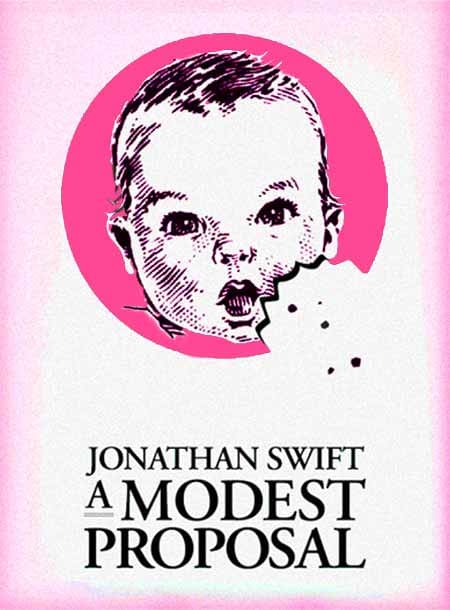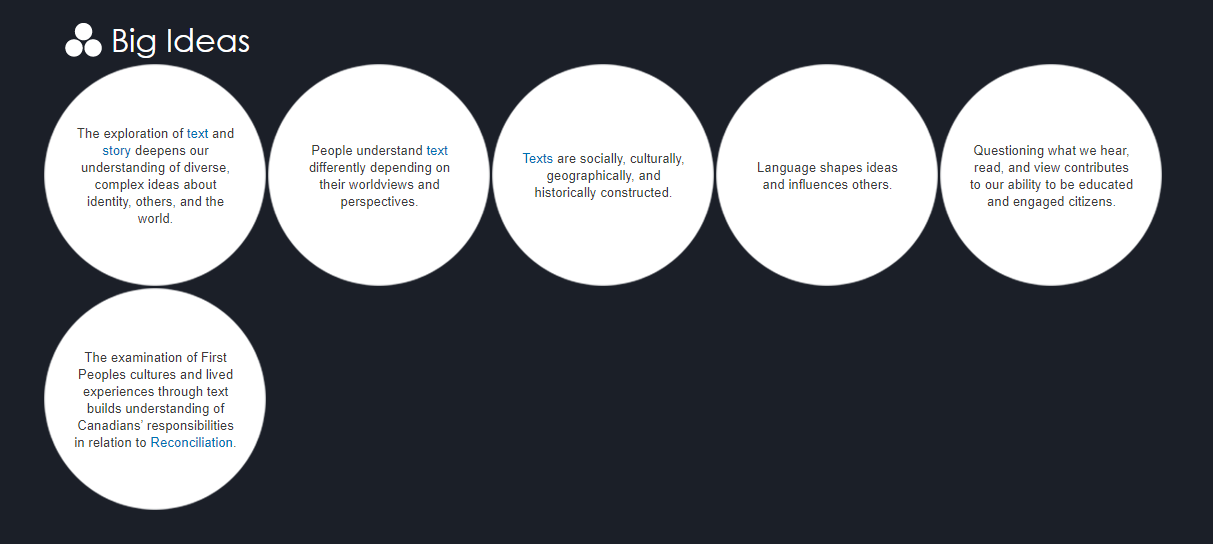The BC curriculum for English Language Arts has changed over the last 10 years since I was a high school student. My only frame of reference for the past curriculum is through my personal experiences as a student. After looking over the current ELA curriculum, I feel like it is safe to say that my future students will be receiving a very different experiences than my own. Looking back at my personal experiences there is one moment in my high school ELA education that has always stuck out and bothered me. In this blog I want to examine this specific experience and try to relate what I observed back then with what I’ve learned about learning theories and today’s curriculum’s Big Ideas.
Expectations vs Reality Between English 12 and Literature 12

“Hands and a Book”, taken by Sincerely Media, Unsplash
I’ll set the scene. It was grade 12 and I had two blocks, back to back of English. I stayed seated as my classmates from English 12 filed out of the room, and those from my Literature 12 class started to show up for the second period course. I had the same teacher for both classes. Same classroom. Same seat. One after another, everyday.
I first found my love for ELA in high school. I always did well in ELA classes, and was excited to use one of my last electives in high school to take Literature 12 and have a chance to explore the subject I loved a little further before graduating. Unfortunately, the class was not what I expected. Without the constraints of the BC Provincial Exams that ruled over my English 12 course, I expected the Literature course to be focused less on the menial elements of the subject that were covered extensively in English 9-12, and more on the context and content of the texts we were studying. Perhaps leaving room for to inquire past the outer layer of these texts and into the meat of the works. For my specific class, this wasn’t the case.

A Modest Proposal, By Johnathan Swift, Cover Art
A defining moment of my Literature 12 course that has stuck with me to this day was when my teacher had us read “A Modest Proposal” by Johnathan Swift. As one of my first real encounter with the satire genre, and given the content of the essay, I was thrilled to dive deeper into the social context of the piece. Instead, when the time came for us to discuss it in class, my teacher chose to ignore and content and context of the essay and focus solely on the literary devices used.
Perhaps this was what was expected from the BC Curriculum 10 years ago. I don’t know, but looking at today’s expectations, I think I would enjoy the version of the course that would be taught today. So I want to reimagine my grade 12 ELA experience with today’s Big Ideas, and how I would use learning theories to teach them.
So what theories and processes shaped this experience for me?

“Untitled”, taken by Sean Kong, Unsplash
Through Behaviorism in earlier grades levels, I was expected to imitate specific ways of writing, such as 5 paragraph essays. Practice and memorization of vocabulary was at the forefront of my lessons, until the knowledge was a habit, and I could point out elements writing, genre, etc., without really taking in the meaning of a text. It was more of a fill in the blank sort of understanding of the knowledge. By the time I hit grade 12, these habits had been formed and solidified in my mind. A base knowledge that would carry me though my final year of high school and into university.
Being able to think critically with this base knowledge became a important factor was my education shifted towards Cognitivism. As more elaborate concepts and content were introduced, we were expected to use the knowledge we already possessed to shape how we internalized the new knowledge presented.
In a world where provincial exams were still present, I was happy with how and what I learned through these theories. I hit the expectations I was meant to, understood them and could reproduce them and think critically about a text when presented with one. For the purposes of my grade 12 English class, that was good enough. These methods fell short for me when I chose to inquire further in my ELA education and take Literature 12.
Todays Big Ideas and the use of Constructivism for my own classrooms
Looking at the Big Ideas of English Studies 12 and Literary Studies 12 in todays curriculum, I am excited to many of the expectations I had when I was taking their equivalent courses 10 years ago.
English Studies 12

BC Curriculum, English Studies 12: Big Ideas
Literary Studies 12

BC Curriculum, Literary Studies 12: Big Ideas
These two course share almost all the same Big Ideas. There are a theme of Identity, culture and worldview, and the diversity of learning styles, which I feel like I lacked in my own experience. Just glancing at these ideas, I see all the elements I was desperate to discuss when first reading “A Modest Proposal” in my class.
This is where Constructivism comes into play. Rather than a teacher choosing what was important for their students to take away from text, there should be an element of collaboration between student and teacher. In a learner centered experience the student can be expected to be responsible for their own learning, while the teacher acts as a collaborator and guild to the learning. Scaffolding in lesson and learning plans can help guide students towards the knowledges their meant to achieve, but also leaves room for the very important inquiry that is essential for innovative and abstract thought/understanding.
I think this is going to be an important theory that I will use in any ELA, but especially elective ELA courses that I might teach. I didn’t get to experience ELA in this way until much later in my academic career, which I think is a shame. I hope that I can expand on the ways I learned (via Behaviorism and Cognitivism), but also bring Constructivism heavily into my future classrooms. That I can take these Big Ideas in today’s ELA curriculum and create a space of inquiry and intrigue for my students to flourish.

“Pages”, taken by Seven Shooter, Unsplash

Leave a Reply
You must be logged in to post a comment.